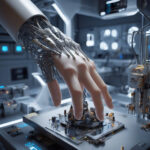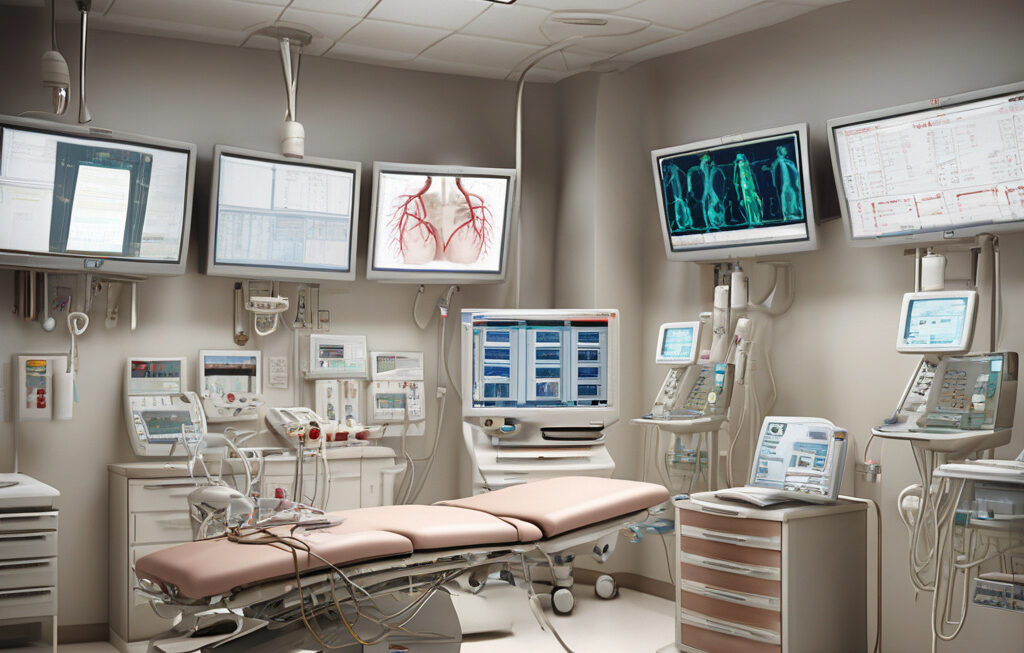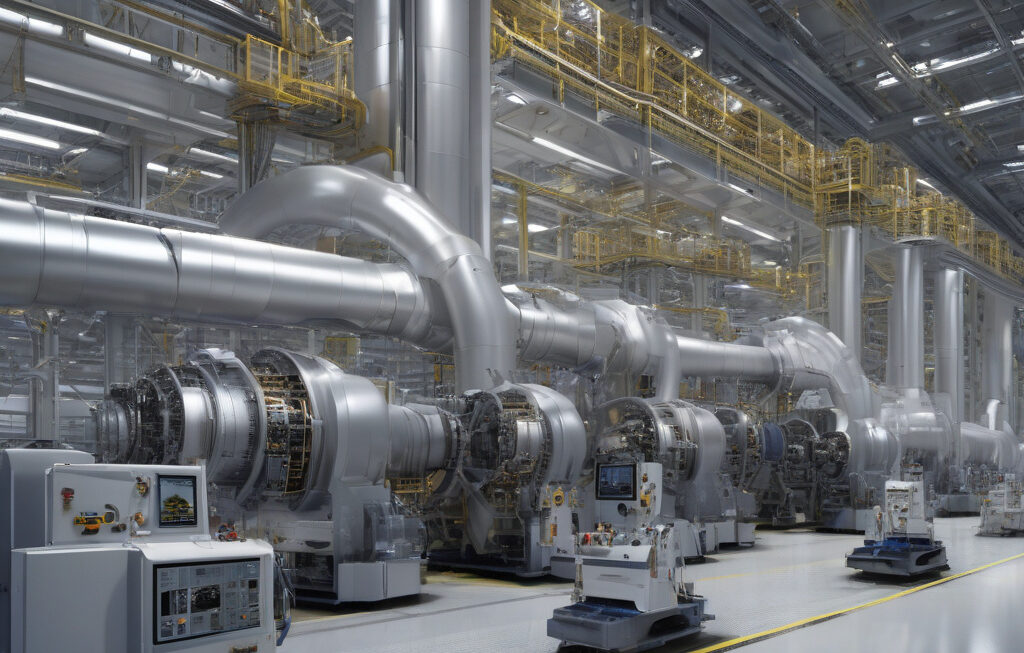The Future of Robots: Powered by Living Muscle Cells
A new research paper suggests scientists are working on designing robots that could live on the cutting edge of technology by utilizing living muscle cells. This groundbreaking study, led by Harvard researchers, sheds light on the potential for a new era of robotics that blur the lines between biological and mechanical systems.
The integration of living muscle cells into robots marks a significant advancement in the field of robotics. Traditionally, robots have been powered by motors and batteries, limiting their flexibility, agility, and efficiency. However, by incorporating living muscle cells into their design, these next-generation robots could mimic the natural movements and adaptability of living organisms.
One of the key advantages of using living muscle cells in robots is their ability to self-repair and self-replicate. Unlike traditional robotic components that require manual maintenance and replacement, living muscle cells can heal themselves and even grow, leading to potentially longer lifespans for these bio-hybrid robots.
Moreover, the use of living muscle cells could revolutionize the field of soft robotics. Soft robots, which are made of flexible and deformable materials, have shown great promise in applications where traditional rigid robots fall short, such as in delicate surgical procedures or search and rescue missions in complex environments. By combining the flexibility of soft robotics with the adaptability of living muscle cells, researchers could unlock new possibilities for a wide range of industries.
For instance, imagine a bio-hybrid robot powered by living muscle cells that could assist with disaster relief efforts in areas too dangerous for human intervention. These robots could navigate through rubble and debris with ease, providing crucial support in locating and rescuing survivors.
Furthermore, the integration of living muscle cells into robots opens up exciting opportunities in the field of bioengineering. By studying how these cells interact with artificial structures, researchers can gain valuable insights into tissue growth and regeneration, paving the way for advancements in regenerative medicine and tissue engineering.
While the concept of robots powered by living muscle cells may still seem like science fiction, the research conducted by Harvard and its collaborators brings us one step closer to this futuristic vision. As advancements in biotechnology and robotics continue to converge, the possibilities for innovation are endless.
In conclusion, the future of robots powered by living muscle cells holds immense potential for transforming industries, advancing scientific research, and improving the quality of life for people around the world. By harnessing the power of biology and technology, we are on the brink of a new era where robots are not just machines but living, breathing entities.
#Robots, #LivingMuscleCells, #HarvardStudy, #BiohybridRobots, #FutureTechnology












